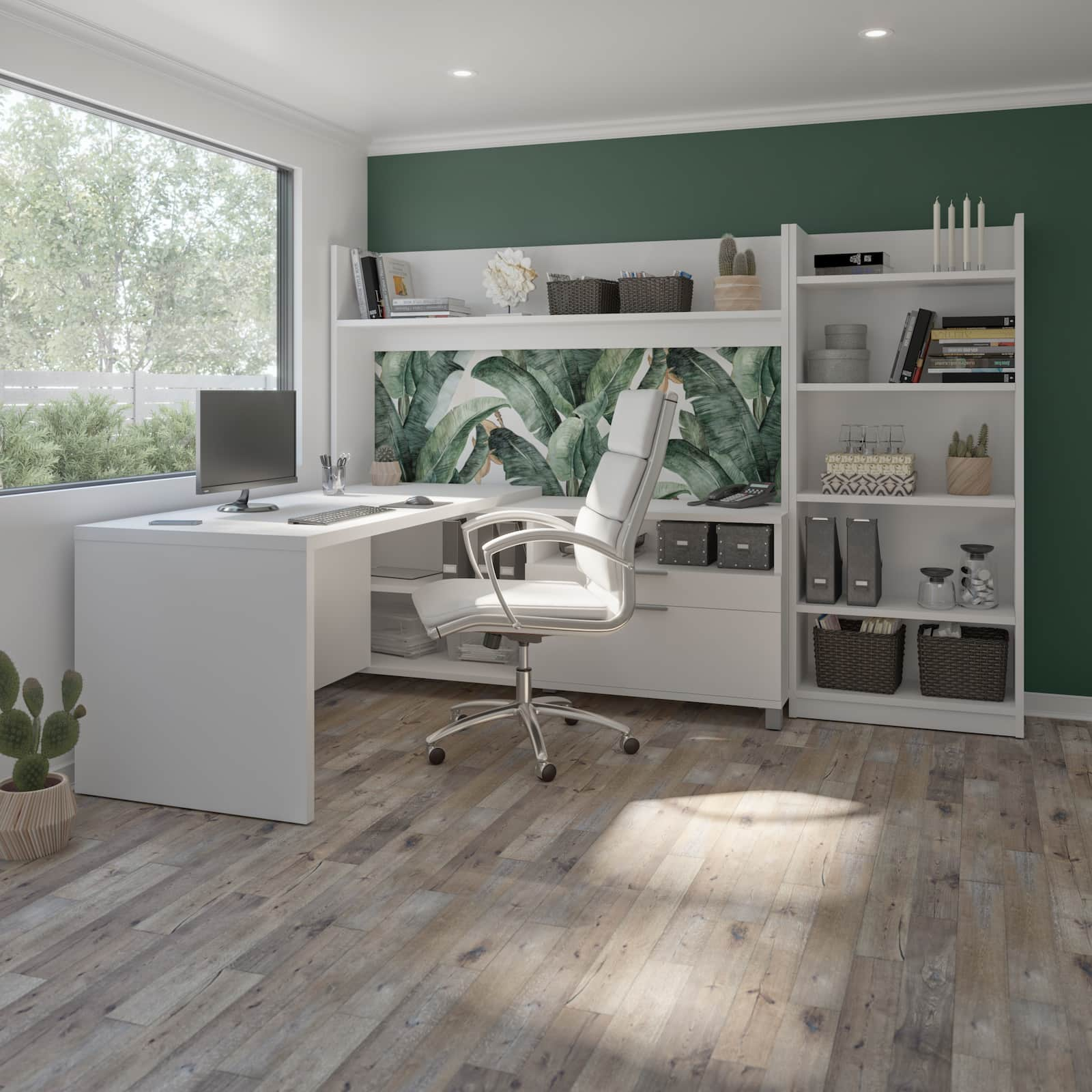
Your home office will only be as comfortable, efficient, and productive as the office furniture inside it. So, it pays to choose wisely. It’s not unusual to have too much furniture where half of it goes under or ends up being rarely used. Therefore, the most practical and best home office furniture will be that which provides for both your comfort and productivity without blowing your budget.
The right office furniture will provide an organized, ergonomic space that can handle all the demands of your workday. A great home office is inviting, comfortable, and productive – a place you like to be!
Avoid the following six mistakes to ensure that you choose the office furniture that’s best for you and your space:
1. Fail to Assess the Size of the Space Properly
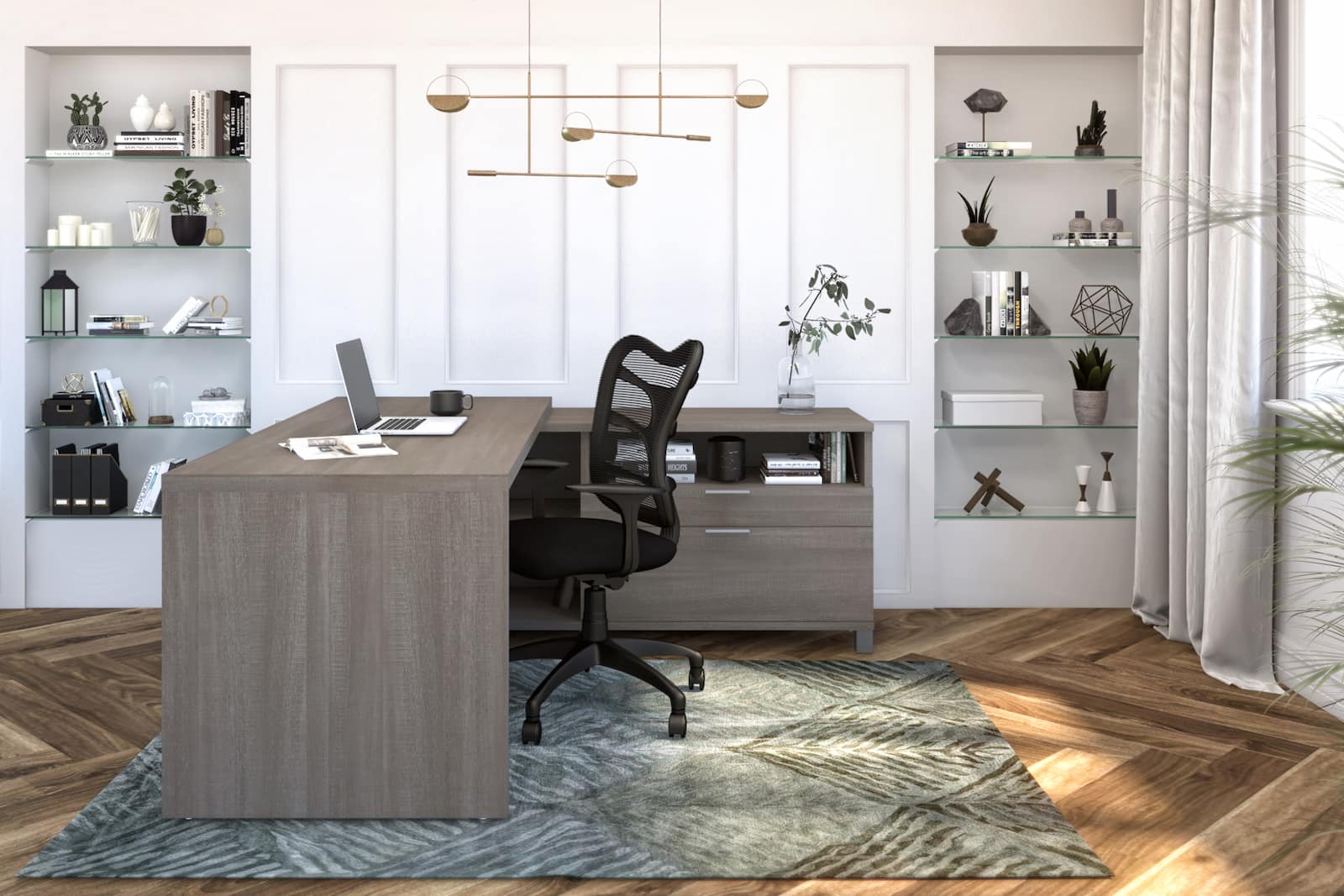
One of the biggest mistakes people make when shopping for office furniture is either overestimating or underestimating the amount of space in their office. Any empty room looks spacious, even huge until you add a desk and an office chair. Bring in shelves and a filing cabinet, and all of a sudden, it feels cramped and cluttered.
Before even looking at office furniture, measure the space and be sure to account for the door, closet, and any windows that will impact your furniture arrangement. Speaking of the windows, consider if you have an outdoor view you might enjoy and that might influence your desk placement. Measure and plan accordingly.
As you begin your furniture search, consider the proportions of both the room and the pieces. Ensure they’re suitable for both the various demands of your work and they fit the space. Again, measurements are key.
An office that feels spacious and uncluttered is helpful for both your comfort and productivity, not to mention your mental wellbeing throughout the workday. You want to move freely from task to task without feeling cramped or confined, particularly if you receive clients.
2. Neglect to Consider Work Demands, Habits, and Style
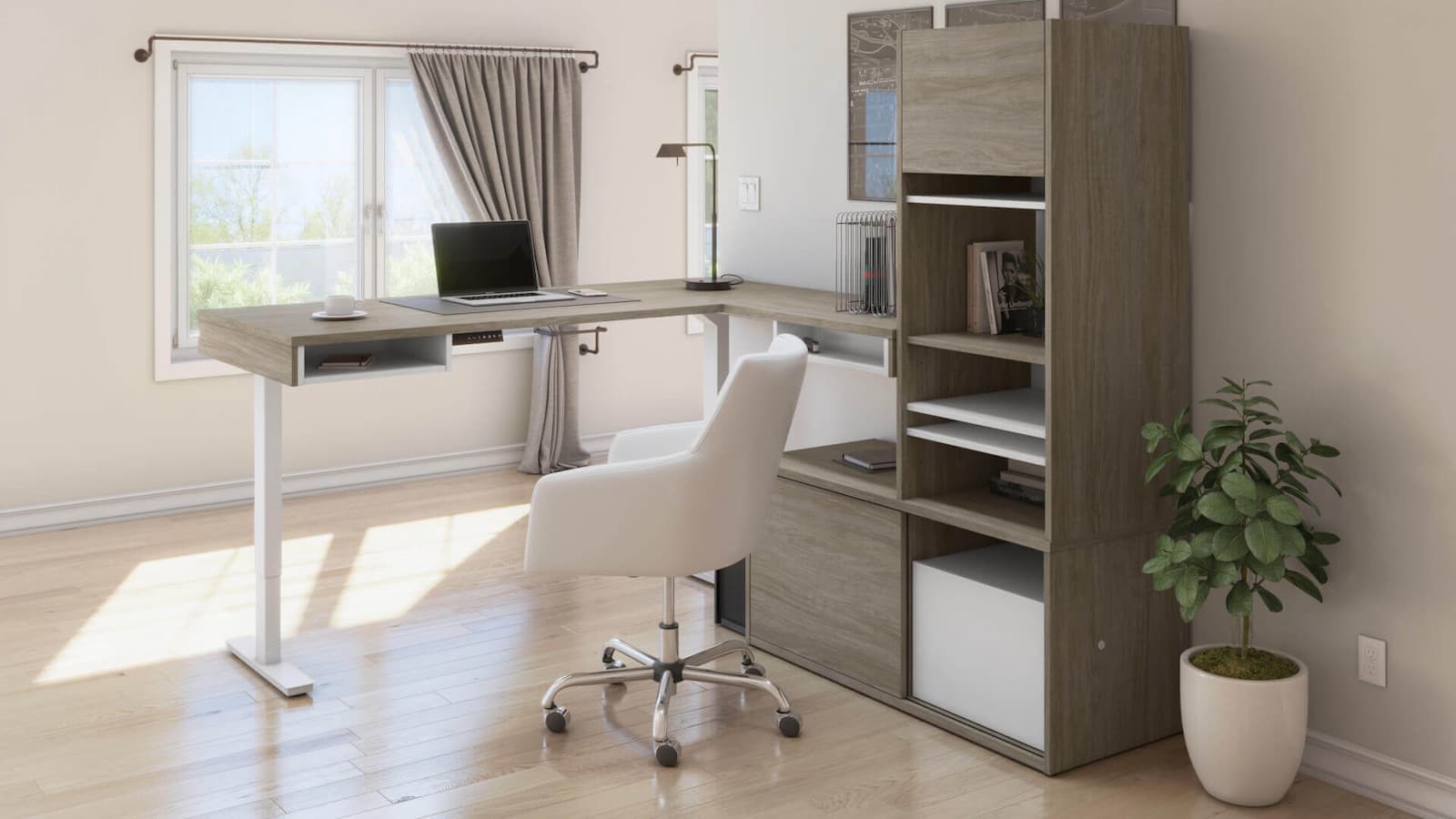
Before you spend any money on your home office furniture, you need to identify the specific demands of your work, your typical workflow, and how you work most efficiently.
Determine how you want to use your office. How long will you use your office? How will you move about the space throughout a typical workday? How do you need to access your work and office essentials?
This knowledge can help inform the types of furniture you need and the best arrangement within your available space. For example, if you are in the digital arts, you know you may need multiple monitors and a tablet in addition to your keyboard. If you are an accountant or bookkeeper, you may need more surface space and secure storage for multiple files and documents.
It’s helpful to compile a list of your daily tasks. It may be constant keyboard work, handling paperwork or oversized documents, or frequent meetings with clients. You can’t accurately assess your furnishing needs without knowing the specific demands your furniture will need to meet.
Once you have identified the various tasks you need to accomplish every day, you’ll know how you need your office furniture to work for you and which pieces will be best. Consider how your furnishings can help you reach optimum efficiency and productivity in your work.
3. Overlook Who or What the Room Must Accommodate
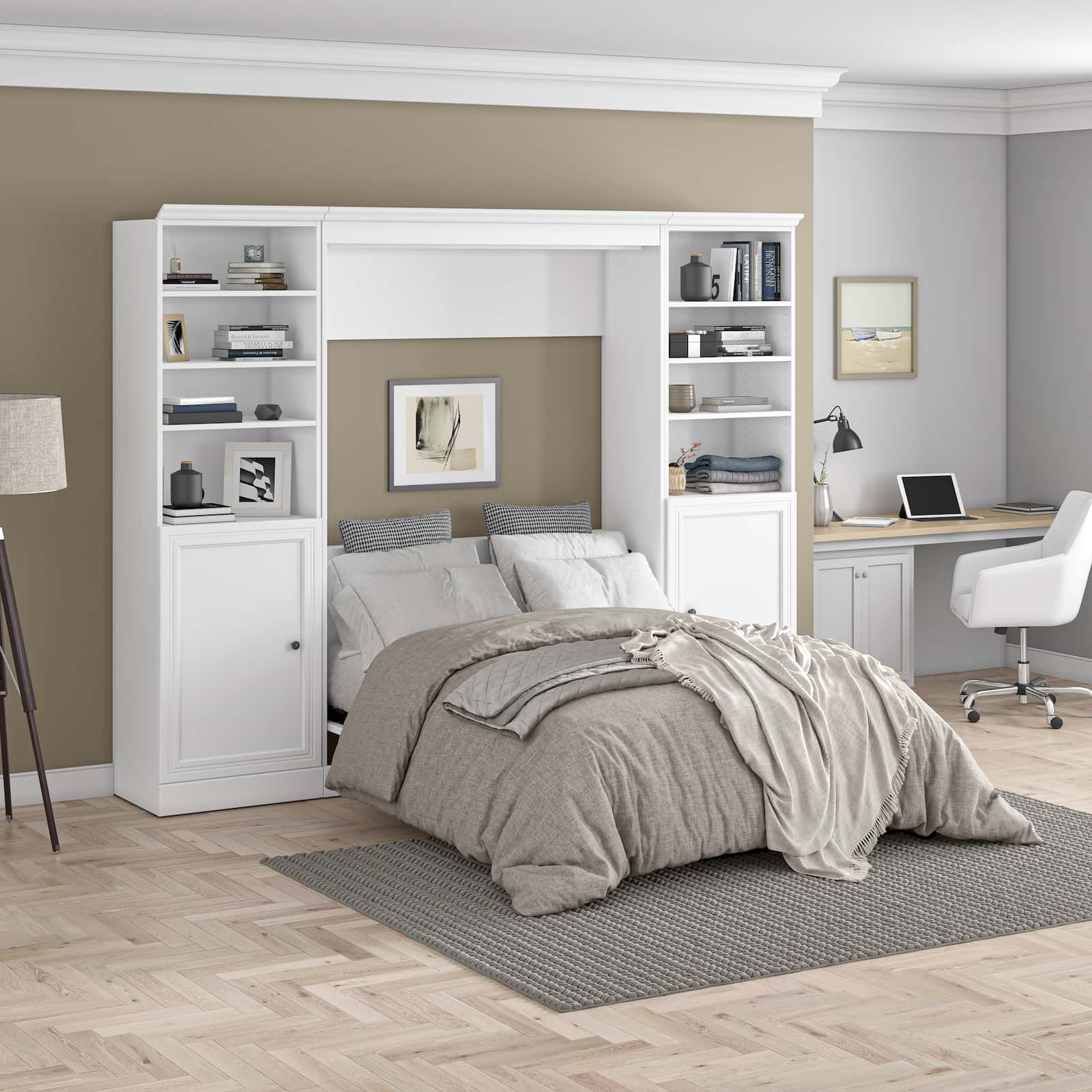
Do you need to share your space? Does your home office have to double as a guest room or offer multipurpose functionality? You may need to share your space with a remote working partner or spouse. If you’ve got a family, extra desk space might be handy to help kids with homework. Be sure to consider these possibilities before you begin shopping for furniture.
When choosing your desk, bookshelves and cabinets, or other surface furniture, consider the needs of any other users. Their work habits and style will also help determine the best choice of desk or table. Do the research together and collaborate on the best solution for your shared space.
Is there a need for a multifunctional space? There are great options out there to help you make the most of your space – and your budget! Suppose you need your home office to double as a guest room, for example. In that case, a Murphy bed or, even more convenient, a Murphy bed with a desk will save you valuable square footage without compromising productivity.
A simple table can double as both a work and collaboration station, great for client presentations or team strategy sessions. Utilize a file cabinet to store documents inside and the top to hold workplace essentials such as your printer and scanner.
4. Choose Style over Comfort
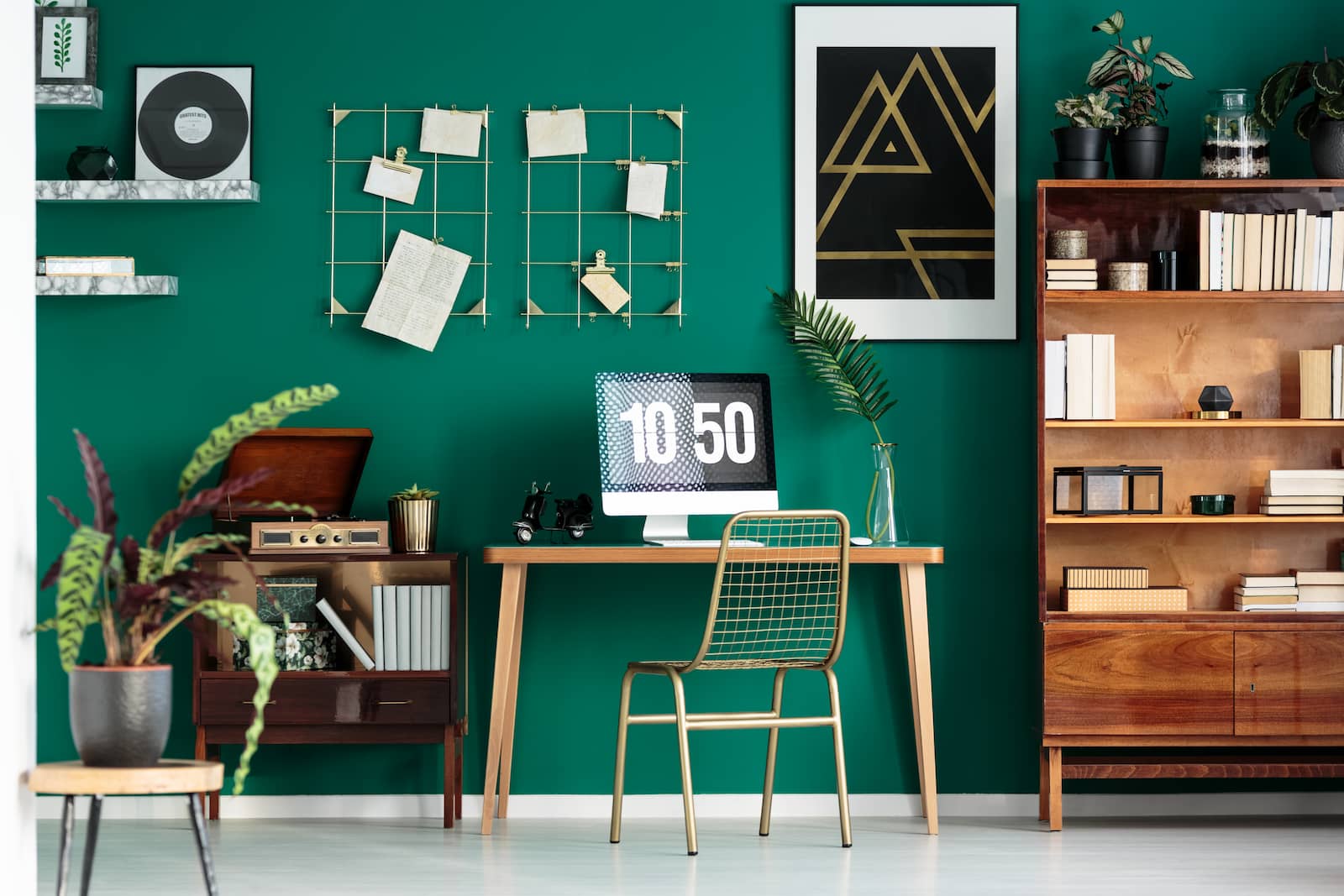
We agree that your home office should reflect your style and sense of decor. But it can be common for office aesthetics to take precedence over ergonomics and comfort – BIG mistake!
To be efficient and productive at work, you must choose office furniture that is a good fit for your body and work demands. Ergonomics should be the top priority. From keyboard trays to your chair’s back support to the arm height of the chair, ergonomics can have a profound impact on your comfort and health, and ultimately, your contentment and productivity.
Sitting for hours on end can be detrimental to desk workers’ health and wellness. It’s not uncommon to experience pain or even injury to the back, neck, and shoulders due to extended time seated at work.
Consequently, it’s vital to choose adjustable office furniture customizable to your specific physical proportions and needs. The chair, for instance, should provide sufficient back and lumbar support. Consider your height and size and choose a desk height and chair that are in proportion. Of course, you want your office furnishings to look great, but comfort must be the priority if you’ll be sitting for hours on end each day.
5. Compromise Style Entirely for Function
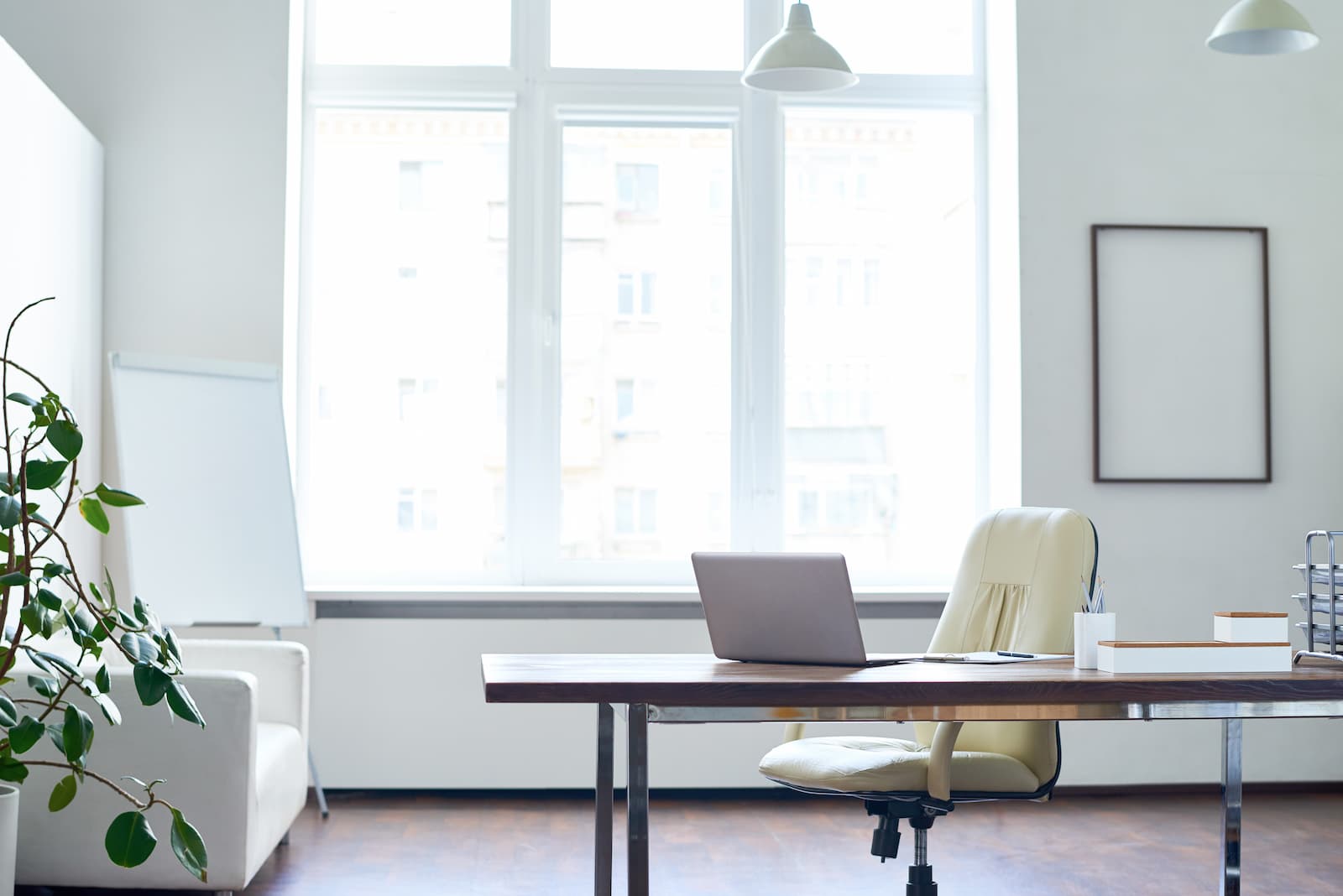
Function is vitally important to your office efficiency and productivity. But, given how much time you spend in your office, it’s a much more pleasant experience every day when it reflects your style and taste.
The beauty is, there are very few rules when it comes to designing your home office. You can have a little fun with it! And, fortunately, there are lots of high-quality, functional office furniture options that will reflect your taste and style.
Create a serene, calming work environment with your choice of paint color, artwork, and other decor. Cabinets, bookcases, and shelving don’t have to be purely functional, reserved only for storing work-related journals, documents, and paperwork. Add individual touches in the way of favorite photographs, keepsakes, and potted plants, or display your children’s artwork. Your decor choices personalize the space and help foster a place that’s inviting and one where you’re more than happy to be every day.
Whether it’s contemporary, rustic, traditional, or otherwise, your office can look great and provide incredible style and comfort.
6. Fail to Have a Clear Budget
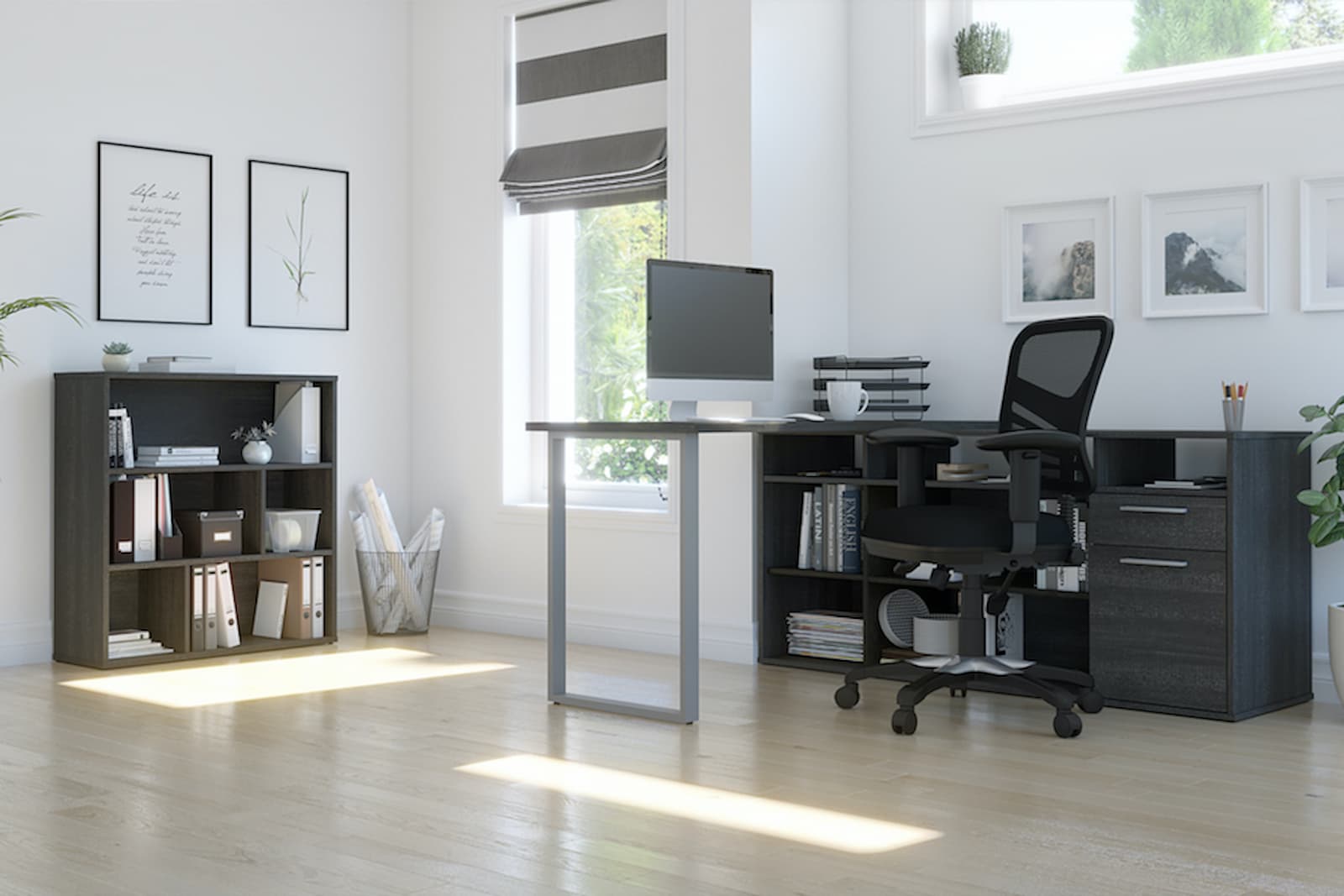
As with just about anything, you can spend a little or a lot. Know how much money you have to spend and be conscious of your budget as you research your options.
Surf websites for inspiration, but keep in mind your expenses may not end with the furniture purchase. You may still have to pay for office supplies, equipment, storage solutions, and other office essentials.
But, don’t get discouraged! There are options for just about any budget and without feeling as though you’ve settled. Just take your time and shop around – you’re sure to find the office suite that’s right for you, your work, and your style.

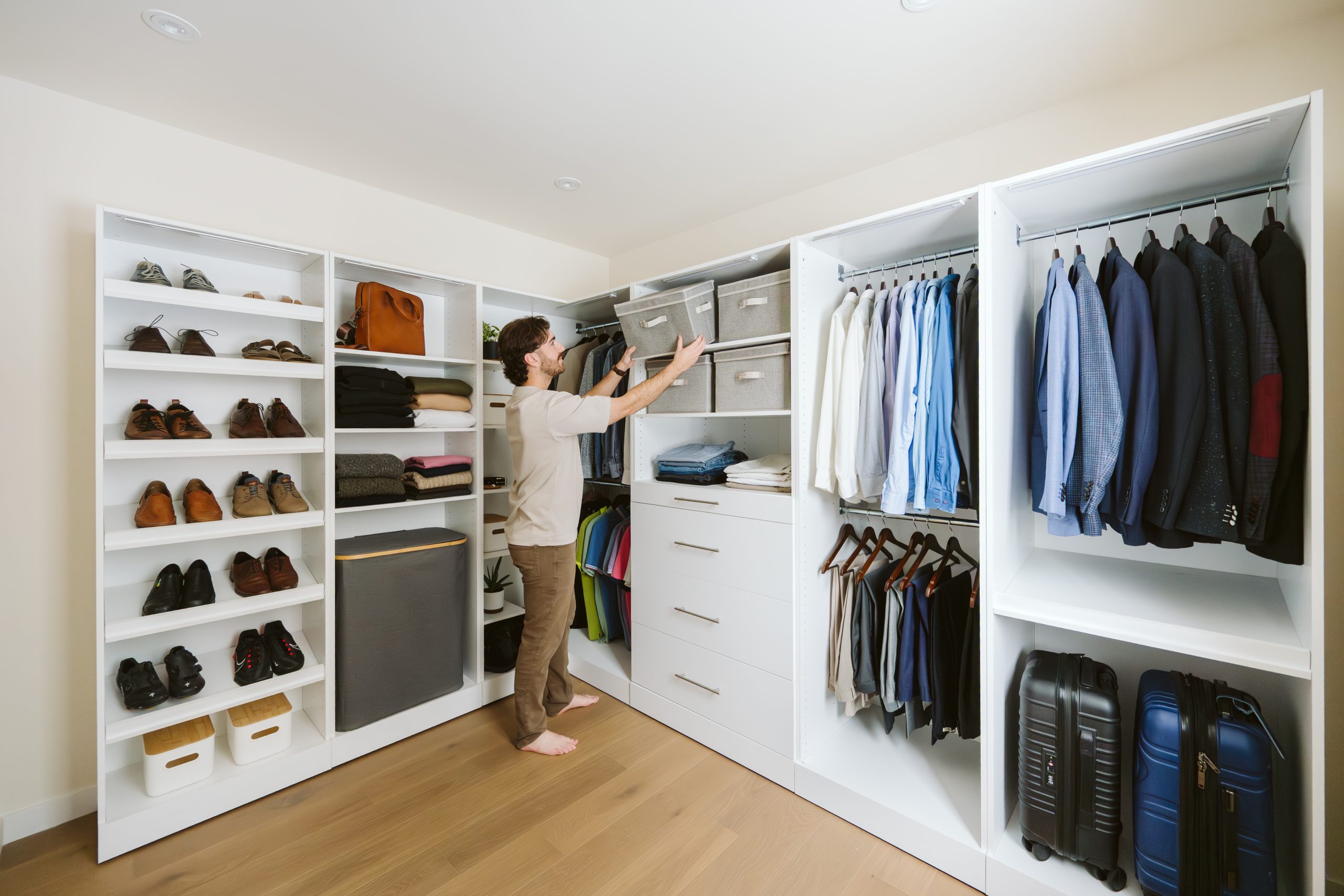
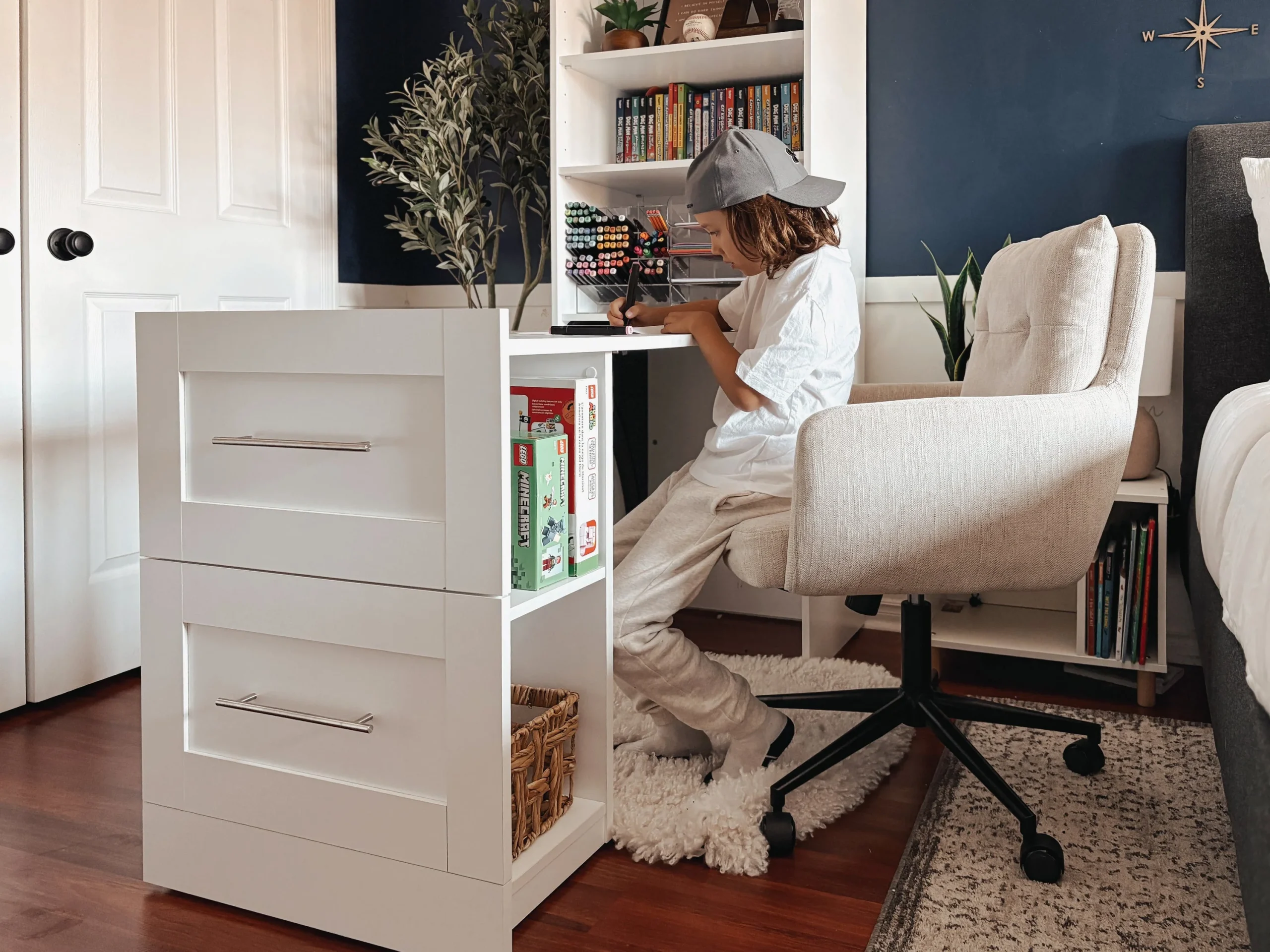
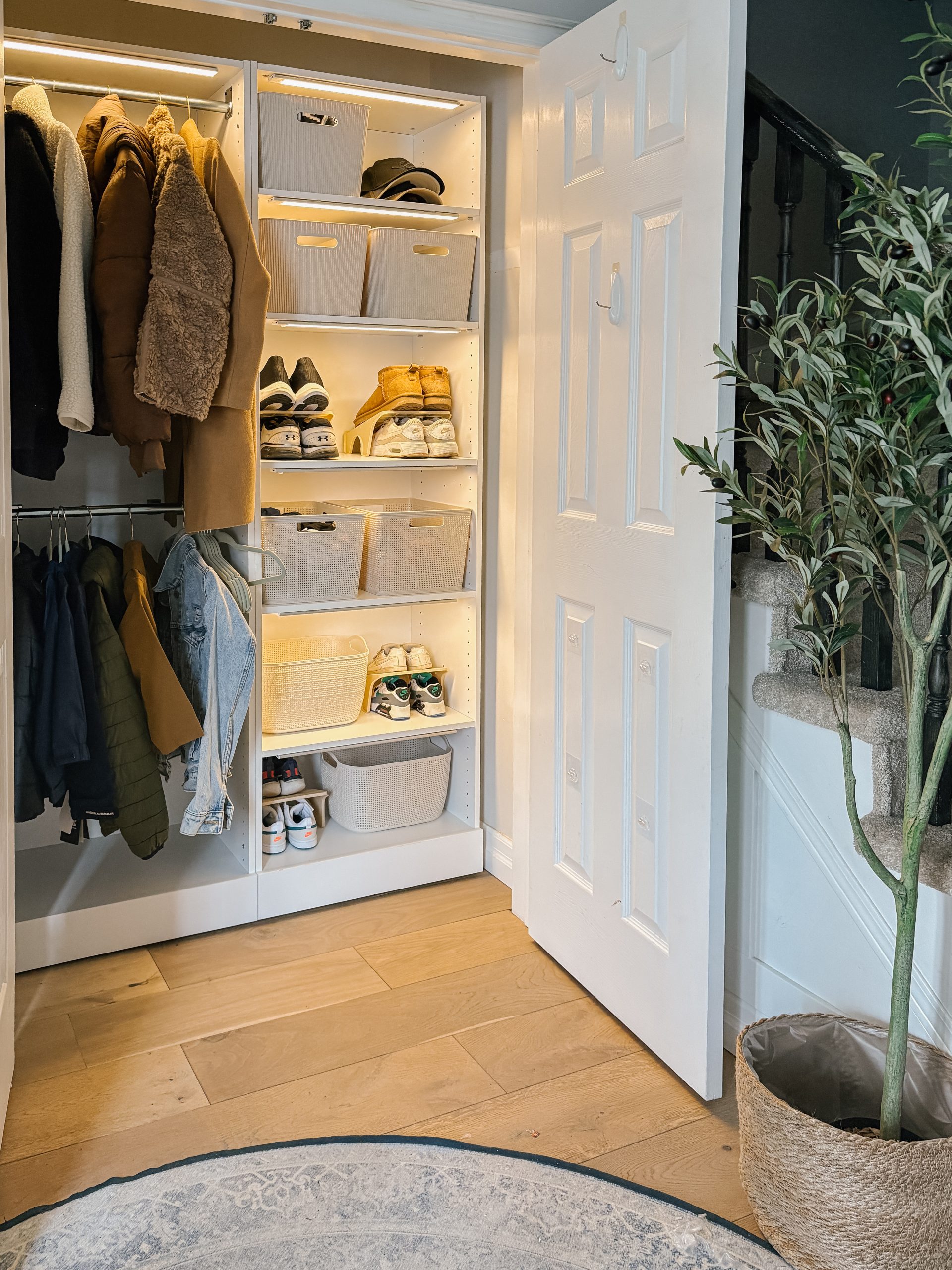
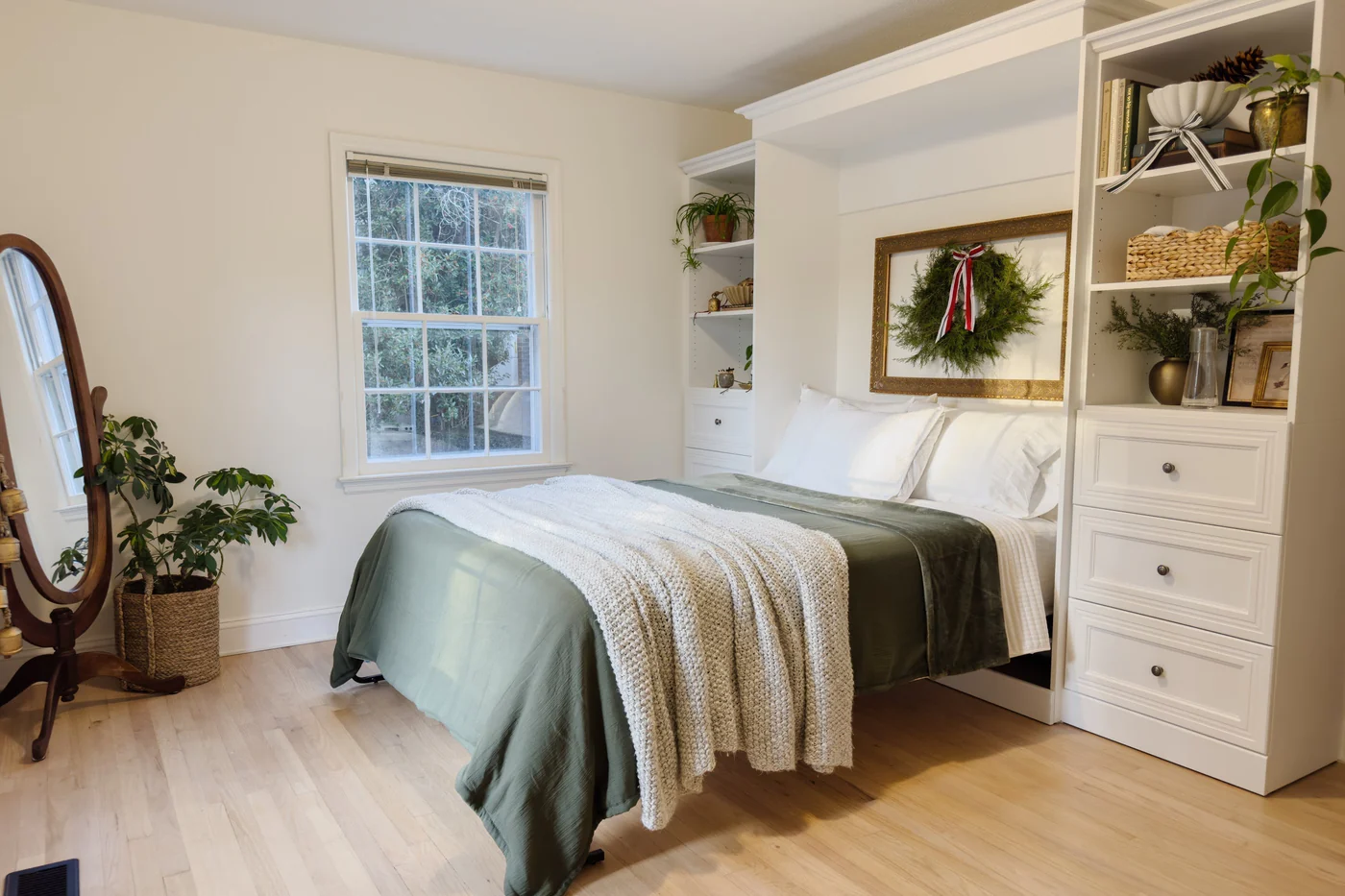

Question or Comments